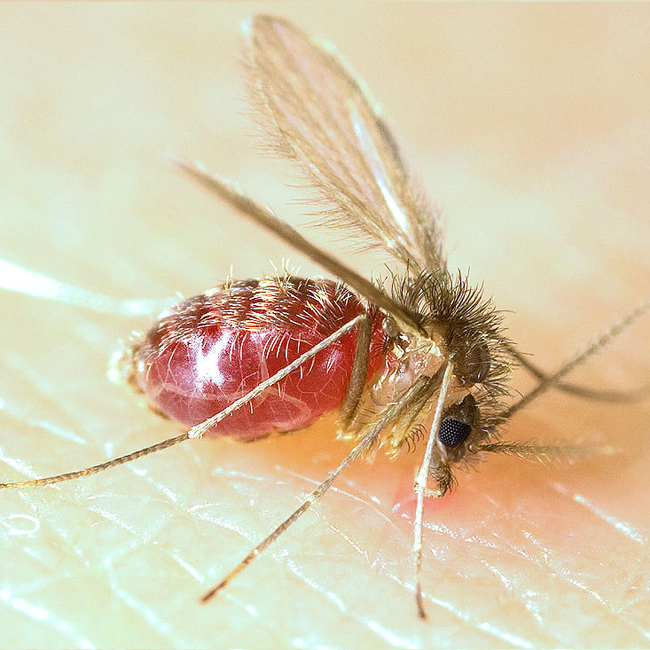 Kalazar ( leishmania donovani)
Kalazar ( leishmania donovani)Systematic position
Phylum-Protozoa
Class- flagellate
Order- kinetoplostidia
Genus- Leishmania
Species- donovani
The pathogenic flagellate parasite found in reticulo- endothelial system (liver, spleen bone-marrow)
History-
Biologist leishman reported the parasite from London in 1903.Another biologist Donovan reported the parasite in spleen smears of patient in Madras in same year. So the name of parasite became Leishmania Donovani.
Mode of infection - Sand Fly (Phlebotomus argentipes). There are the two types of parasites of the leishmania donovani.
1. Amastigote :
-Found in human
-It is round-oval 2 to 4μm covered by thin pellicle.
-Nucleus is also oval round.
-Kinetoplast (a DNA containing body and mitochondrial structure) lies at right angle to nucleas.
-Axoneme (rhizoplast) a filament extends from kinetoplast to margin of the body.
2. Promastigote:
-Found in sand fly and by culturing.
-It is pear shaped and slender-shaped in maturity.
-Nucleus is more oval.
-Kinetoplast lies transversely near anterior end.
-Axoneme extends outward to forma long flagellum.

Symptoms :
- Recurrent fever intermittent or remittent with often double rise
- loss of appetite, pallor and weight loss with progressive emaciation
- weakness
- Splenomegaly – spleen enlarges rapidly to massive enlargement, usually soft and nontender
- Liver – enlargement not to the extent of spleen, soft, smooth surface, sharp edge
- Lymphadenopathy
- Skin – dry, thin and scaly and hair may be lost. Light coloured persons show grayish discolouration of the skin of hands, feet, abdomen and face which gives the Indian name Kala-azar meaning “Black fever”
- Anaemia – develops rapidly
Clinical:
A case of fever of more than 2 weeks duration not responding to antimalarials and antibiotics. Clinical laboratory findings may include anaemia, progressive leucopenia thrombocytopenia and hypergammaglobulinemia
Laboratory:
K39 test
Treatment :
By using drugs like:
- Sodium Stibogluconate
- Pentamidine Isethionate
- Amphotericin B
- Liposomal Amphotericin B
- Miltefosine

No comments:
Post a Comment